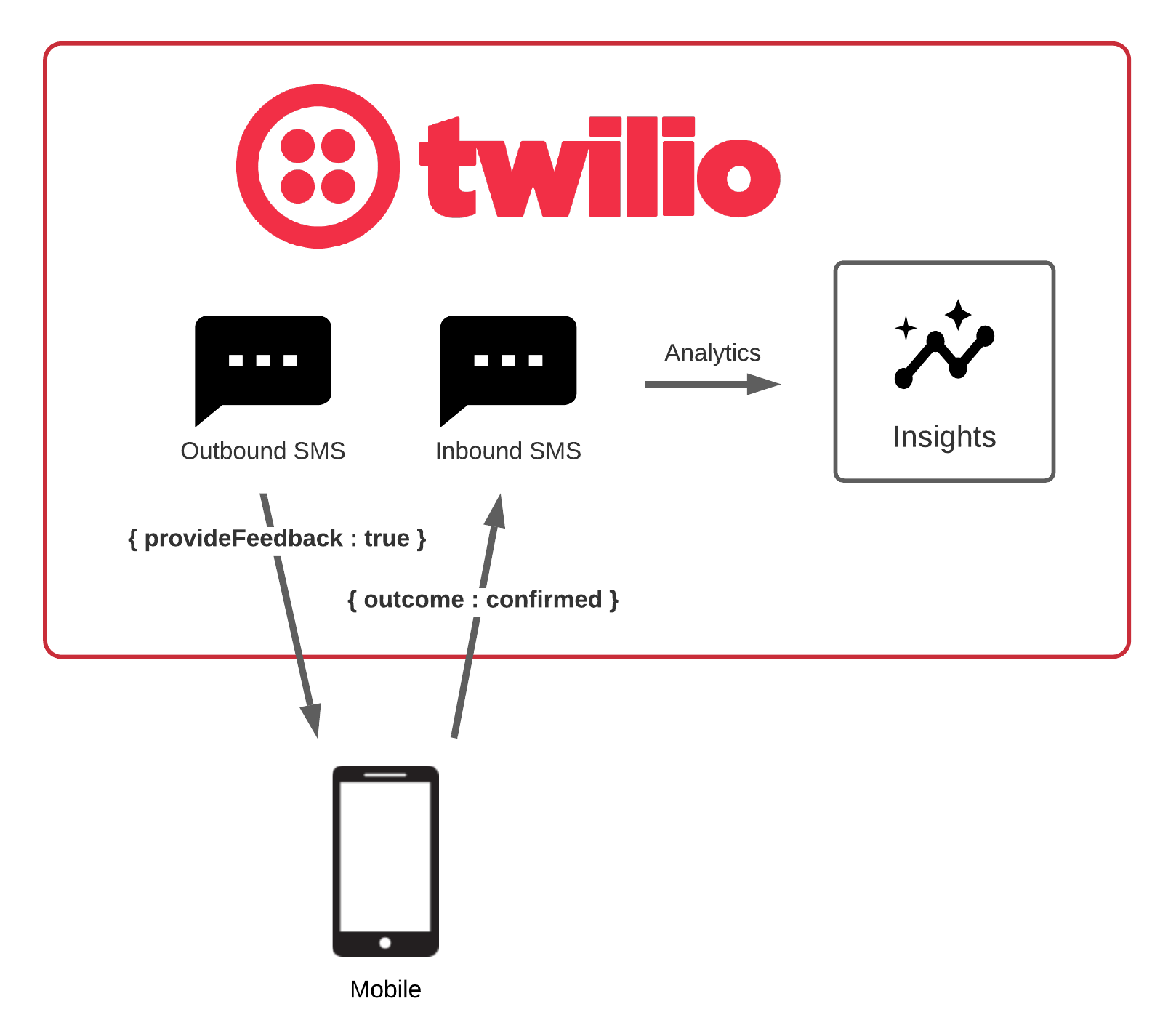Whether you work in big tech or the service industry, you are retired or grudgingly buying your pre-teen their first smartphone, let’s face it, texting has become the most used communication tool in your daily life. SMS (Short Message Service), aka “Texting”, enables many to skip voice communication altogether and opt for the instant power at their fingertips.
While SMS plays such a convenient role in personal communication, it has been increasingly more valuable as a means of interaction for businesses. Mass marketing, conducting surveys, and collecting customer feedback are just a few common ways that help organizations reach their customer base via SMS.
Recently, businesses have been moving toward the use of SMS for 2FA (Two Factor Authentication), Omni Channel Contact Centers, and Contact Tracing. Even Curbside Pickup, a business offering made popular during COVID-19 lockdowns, incorporates the use of SMS as a more convenient way for customers to pick-up orders without having to step foot in a storefront (see Perficient: A Fully SMS-Based Curbside Pickup Solution).
How do Businesses Handle Carrier Routing, Outages, and Latency with SMS?
Wait, I thought businesses were busy, well, running their businesses? How do they handle underlying complexities of SMS such as carrier routing, outages, and message latency? Well, the short answer is, they don’t.
Twilio, the leading cloud communications platform, takes care of that for you with their Super Network. This worldwide Super Network of carriers allows Twilio to take the burden of infrastructure, scalability, and reliability away from the business and allows them to focus on what they are really good at.
I recently attended SIGNAL, Twilio’s annual customer and developer conference. You guessed it, this year’s conference was virtual. Twilio provided a top notch lineup of speakers from both technical and business backgrounds, including our very own from Perficient.
I attended the session “Optimizing Message Delivery with Machine Learning” presented by Twilio Senior Software Engineer, Riivo Kikas. Riivo discusses how Twilio uses machine learning to navigate its vast Super Network of carriers. This machine learning determines the best routes, and diminishes message latency. As SMS messages are sent in mass quantities, they do not all get to their destination immediately. Why?
Because Not All Texts Are Created Equal.
Well, perhaps the method of message transmission is, but not all carriers are created equal. And not all networks and infrastructure worldwide are created equal.
Because of this, we rely on machine learning algorithms to track and anticipate which SMS route paths will work best. This is based on past and trending deliverability data, from carriers themselves. Because the rate of deliverability can fluctuate by region and carrier, predicting the best SMS route paths will help maximize message deliverability and conversion rates.
I Can’t Control What Route SMS Messages Take, or Can I?
Fortunately, Twilio’s Message Feedback API allows developers to provide feedback to Twilio regarding the delivery status of an SMS message. This takes the carrier delivery status out of the equation and provides even more accurate and real-time data. Twilio then uses this data to update preferred message routing paths, improving deliverability conversion rates for your SMS messages, and the Twilio service as a whole.
How does this work?

When a user responds to an SMS in some fashion (SMS, mobile app, website, etc), such as with an OTP (One Time Password) response, a developer can send the provide feedback attribute along with the Create Message API POST. This attribute tells Twilio that it can expect feedback for the response to this message id. Upon receiving the user’s response to the SMS, a POST to the Message Feedback API with the original message id and outcome attribute lets Twilio know that the message has been received. As mentioned previously, Twilio will use this data to actively modify its SMS routing path. This means that developers can actively work on improving SMS conversion rates for their business.
How Do I Access These Metrics?

As soon as you begin using the Message Feedback API, Twilio will begin populating its Programmable Messaging Insights. This data will appear under the OTP Conversion tab in Programmable Messaging Insights within the Twilio Console. This API is best suited for OTP responses, however, you may certainly use it in other use cases. However, if you choose to implement multiple uses for the API, Insights will not be able to distinguish between different response types in its reporting.
Let Us Help You
Our Customer Engagement Solutions team helps businesses reach out to their customers on any and every channel that they prefer. This includes SMS. We would love to help you navigate the simplest path to your customers. Learn more about our Twilio practice here.
